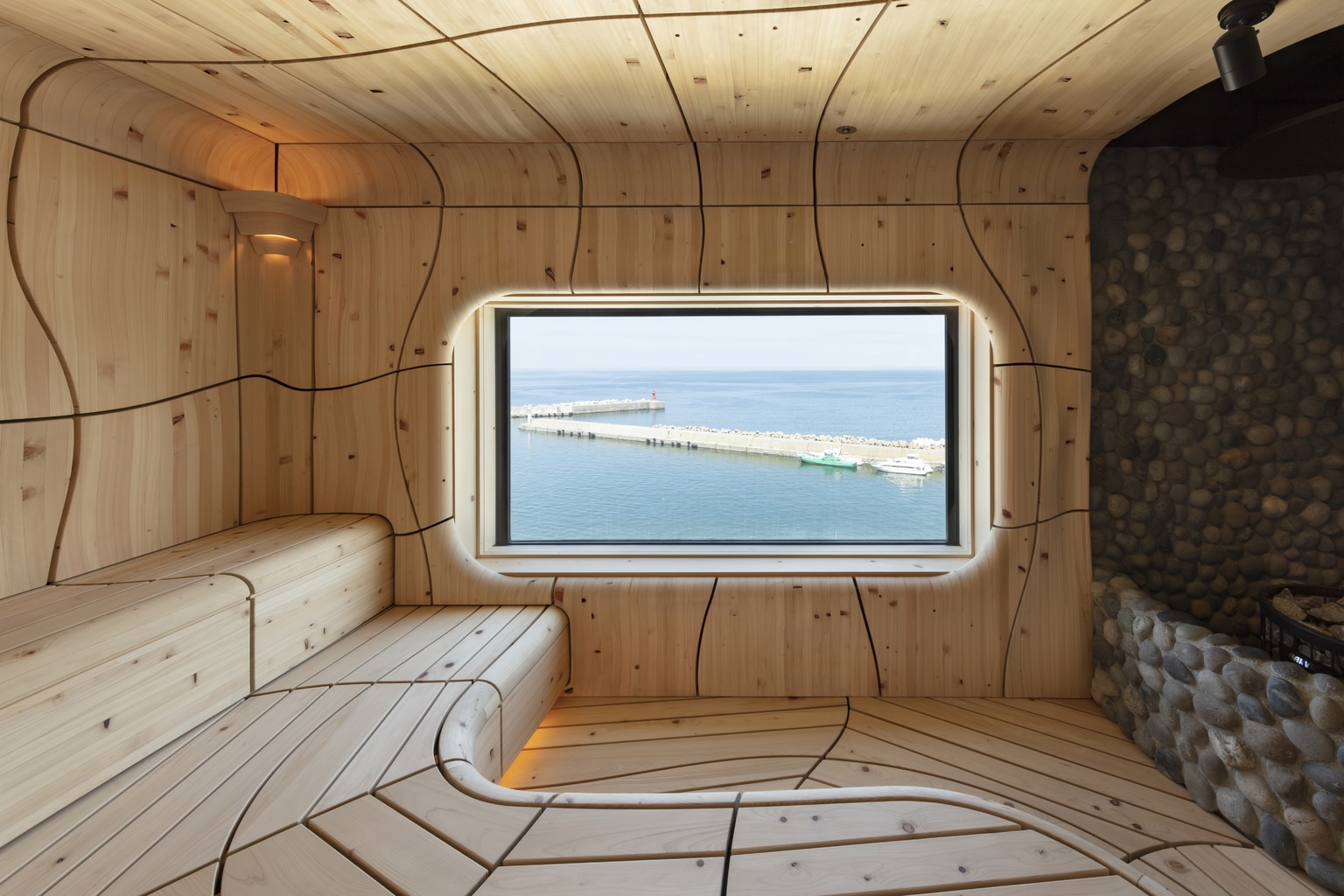A Guide to the Japanese Sauna

A Japanese sauna is a small room that facilitates dry or wet heat sessions. This type of luxury (though not every land thinks of it as a luxury) is commonly used for relaxation, healing therapy and as a pleasant way to wind down.
In Japan, you can find a sauna at practically any sports center or public bathhouse. The rules of the sauna in Japan are a bit different than the U.S. and Finland (where the sauna originated).
What to Know About the Japanese Sauna
For one thing, the majority of saunas are segregated into male and female genders. This is not only customary but is the law throughout most of the nation. Furthermore, nudity is strictly required in most saunas.
There is an interesting story behind the Japanese sauna. After World War II, public bathhouses were fairly common in the country.
However, as time progressed and more citizens were able to afford houses and apartments, they were also able to afford their own private baths. The bathhouse was on the verge on becoming extinct—at least it would have been, if not for the handy invention of the sauna.
According to the Japan Sento Association, many bathhouses reinvented themselves by introducing saunas and wellness features to attract new generations while preserving the essence of traditional bathing culture.
Sauna Etiquette in Japan
Understanding local etiquette is essential before visiting a Japanese sauna. While many customs may seem different from those in Western countries, they reflect Japan’s strong emphasis on respect, cleanliness, and community harmony.
- Gender separation: Most saunas in Japan are divided into male and female sections. This separation is both customary and, in many places, legally required.
- Nudity is expected: Unlike in many Western spas, nudity is the norm. Bathing suits are generally not allowed inside the sauna or communal baths.
- Cleanliness before entering: Always wash thoroughly before entering a sauna or bath. Guests share the same water, so cleanliness is considered an act of courtesy toward others.
- Ease into the water: When transitioning from the sauna to the bath, avoid entering too quickly — the high water pressure or temperature can be overwhelming if you’re not careful.
- Quiet respect: While friendly conversation is welcome, loud talk or disruptive behavior is discouraged. The goal is a calm, restorative environment. This is of course the case in saunas in Finland and the rest of the world.
This shared experience often fosters a sense of companionship among bathers — a subtle but meaningful aspect of Japanese social culture.
How Does the Process Work?
Sauna facilities in Japan usually package several services into one deal. For example, the typical sauna might include oil massage, foot and hand massage, and a full rubdown.
When you arrive, you are expected to remove your shoes and store them in a pay locker room. An attendant will provide a robe, washcloth and other supplies. Some saunas offer private rooms, which are more expensive and designed for complete relaxation. Others offer shared or “mixed” rooms, which are social spaces where guests can unwind together.
Amenities besides the sauna and bath might include smoking rooms, TV and video rooms and bedrooms.
It’s important to remember that harassment or inappropriate behavior is strictly prohibited in legitimate sauna establishments. While some adult-oriented clubs may exist, they are entirely separate from Japan’s traditional sauna and bathhouse culture. Always check reviews or signage to ensure you’re entering the type of facility you intend to visit.
Now that you know the basic etiquette of the sauna in Japan, hopefully you will be more comfortable if you choose to try one of these facilities out during your next visit.
The Modern Japanese Sauna
In recent years, the sauna has experienced a quiet renaissance in Japan, especially among younger generations. Social media has helped popularize sauna culture again — not just as a luxury but as a lifestyle.
The term “totoi” (ととのい), meaning a blissful, post-sauna state of clarity and relaxation, has become a popular buzzword in Japanese wellness communities.
Publications such as The Japan Times have noted the resurgence of sauna culture across cities like Tokyo, Osaka, and Sapporo, where sleek, design-forward facilities now cater to both locals and visitors seeking relaxation and mindfulness.
New facilities often blend traditional aesthetics with modern comforts: natural wood interiors, soft lighting, aromatherapy, and even soundscapes designed to enhance mindfulness. Travelers can now find beautifully designed saunas in boutique hotels, ski resorts, and even urban rooftop spas.
Japanese Saunas - Final Thoughts
Whether you visit a local sento, a rural onsen, or a high-end Tokyo spa, the Japanese sauna remains a space for reflection, renewal, and quiet connection — both with oneself and with others.
Understanding its customs ensures not only a respectful visit but also a deeper appreciation for the balance Japan has achieved between tradition and modern wellness.
So, on your next trip to Japan, don’t hesitate to step inside. Leave your stress — and your shoes — at the door, and experience for yourself why the Japanese sauna remains one of the most enduring rituals of relaxation in the world.
Infrared Saunas
Sauna Heaters

How to Install a Wood Sauna Heater
Sauna Kits

Buying Guide




